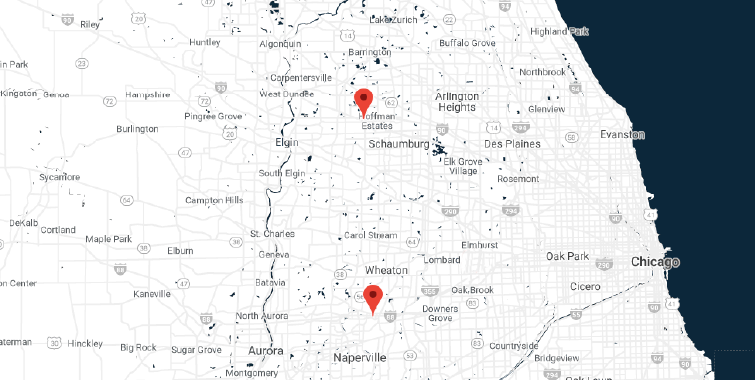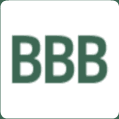What’s Your Safety Plan?
Manufacturing companies should not wait until they get the visit by OSHA to review their safety records to determine that they have a safe environment and have complied with all OSHA regulations. Many companies only have illness and injury reports, but nothing else. Companies should have a written safety plan and show that the company has taken additional measures to make sure that they have maintained a safe working environment.
Right now, OSHA has been focused on states in the eastern region. Their focus has been on warehousing, storage, and distribution yard operation, with a special emphasis on use of powered lift trucks. OSHA has stated that it will be looking at lockout/tagout procedures, life safety, and means of egress and fire suppression. OSHA has been focused on the retail and wholesale groceries, wholesale meat products, beer and other ales, milk and soft drinks and waters that are bottled or canned.
You may not be in the region that OSHA has been actively scrutinizing, but that should not excuse your company from having or initiating a Safety and Health Management System that shows you are committed to improving safety and health within your company. There are no regulations currently about what such a plan should include, but most who work in the safety field believe that OSHA would like to see a safety plan include many of the following items:
- Management Team Leadership. This includes the management team setting goals for the program for safety and health, verification of the results of the program, with continued management oversight. It is important that management knows what is going on and is actively working to improve safety and health of its employees.
- Participation of Company Workers. Line workers within the company are the people who first identify problems with safety. The plan must include policies for reporting safety concerns, investigation of those concerns, conducting regular workplace inspections and having training programs that are improved over time.
- Hazard issues identified, prevented and/or controlled. Potential hazards may be identified by line workers, or from a review of past incident reports, from a review of equipment safety information, or input from other team members. Once these issues are identified, management must take the appropriate actions to take the best steps to reduce the safety risks that they have identified.
- Program evaluation and comparison with others in the industry. With management keeping metrics on the number of regular inspections that take place, hazards reported, number of injuries reported, management can then compare these injury and illness rates to industry standard.
- Communication. A great plan causes the management team to educate and train its workers and its supervisors in what is expected under the plan, and to create a regular worksite training even for temporary workers that may be brought in to work in the plant.
Having a plan that includes all these components can, if implemented properly and regularly updated and improve, will improve your safety and illness metrics, which is really about having a workforce that feels safe and secure while working in your plant. That is the main benefit from having such a plan. One of the other benefits is that this will show good faith compliance by the company in having a safety plan, which may put the company in good stead, if OSHA comes knocking at your door.
If you want to be alerted to new articles as they come out, please follow us on LinkedIn. You can also Sign-up for our Email List, and our Weekly Blogs.
Denice Gierach
Gierach Law Firm
Denice Gierach is an attorney, CPA, Northwestern University business master's graduate, and has owned several businesses from real estate to manufacturing. She is the lead attorney at Gierach Law Firm in the Chicago area. With more than 30 years of experience, she has been a respected and sought-after resource for businesses looking to grow, sell, solve problems, and succeed long term. Her insights across business areas gives a fuller lens to business issues and solutions, and helps businesses grow and succeed with less time spent on legal issues and other time-consuming problems.














